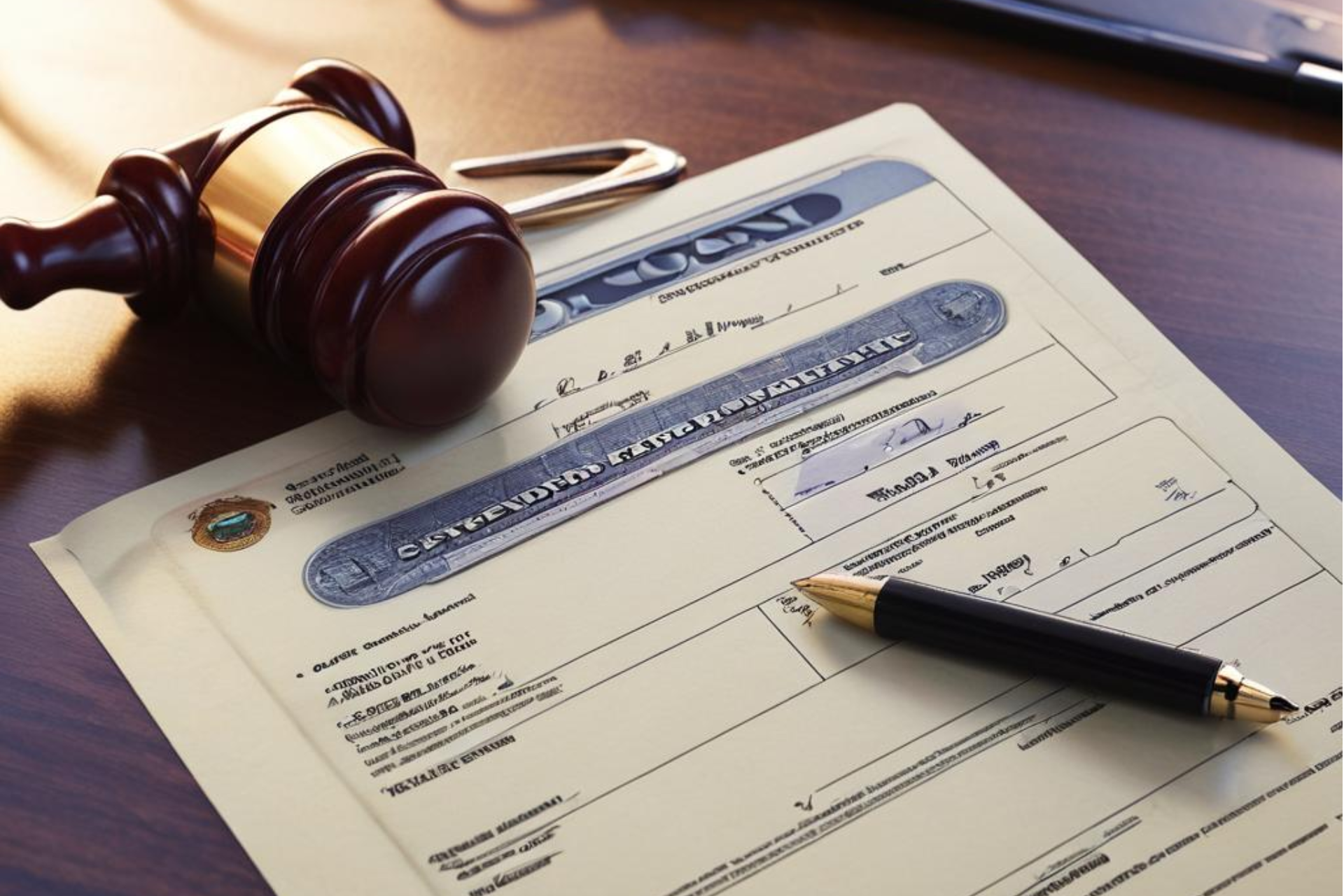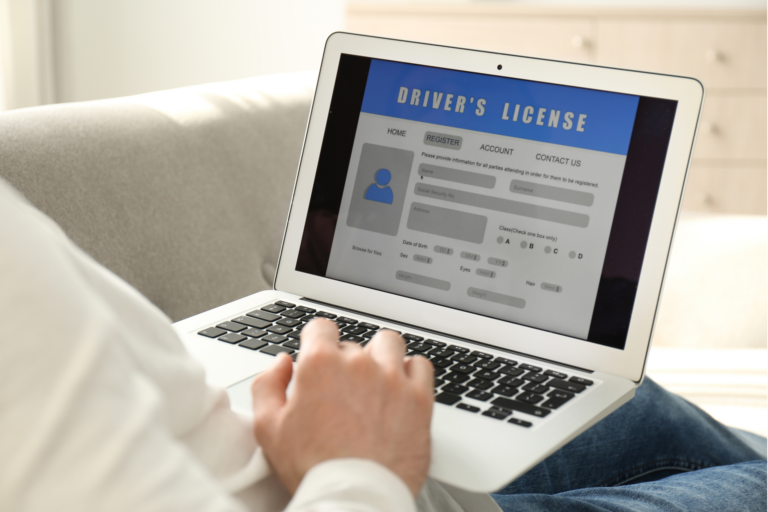Strategies for Addressing Suspended License Reinstatement in California
Reinstating a suspended license in California requires careful attention to detail and adherence to specific procedures set forth by the Department of Motor Vehicles (DMV). For individuals navigating the reinstatement process, it’s essential to understand and implement specific strategies to increase their chances of success. Let’s explore some effective strategies for addressing suspended license reinstatement and provide tips for individuals navigating this complex process.
1. Resolving Outstanding Traffic Tickets:
One of the most common reasons for license suspension in California is the accumulation of unpaid traffic tickets. To address suspended license reinstatement, individuals must resolve any outstanding tickets by paying fines or appearing in court to contest the citations. It’s crucial to address all traffic tickets promptly to prevent further complications in the reinstatement process.
2. Completing Mandated Courses:
In some cases, individuals may be required to complete mandated courses or programs as a condition of reinstating their suspended license. These courses may include defensive driving courses, DUI education programs, or other specialized training. It’s essential to complete these courses within the specified timeframe and provide proof of completion to the DMV to demonstrate compliance with reinstatement requirements.
3. Demonstrating Compliance with DMV Requirements:
The DMV may impose specific requirements for license reinstatement, such as providing proof of insurance, installing an ignition interlock device (for DUI-related suspensions), or submitting to a driving evaluation. Individuals must carefully review and comply with these requirements to ensure a successful reinstatement process. Providing accurate documentation and demonstrating compliance with DMV requirements is essential for reinstating a suspended license.
4. Tips for Navigating the Reinstatement Process:
- Stay organized: Keep all documentation related to your suspended license reinstatement in one place, including court documents, correspondence with the DMV, and proof of completion for any required courses.
- Keep detailed records: Document all interactions with the DMV, including dates, times, and the names of DMV representatives you speak with. This information can be valuable if you encounter any issues or discrepancies during the reinstatement process.
- Follow up regularly: Follow up with the DMV regularly to check the status of your reinstatement application and address any outstanding requirements or concerns promptly. Persistence and proactive communication can help expedite the reinstatement process.
Addressing suspended license reinstatement in California requires proactive measures, attention to detail, and compliance with DMV requirements. By resolving outstanding traffic tickets, completing mandated courses, and demonstrating compliance with reinstatement requirements, individuals can increase their chances of successfully reinstating their license. Staying organized, keeping detailed records, and following up regularly with the DMV are essential tips for navigating the reinstatement process effectively.




